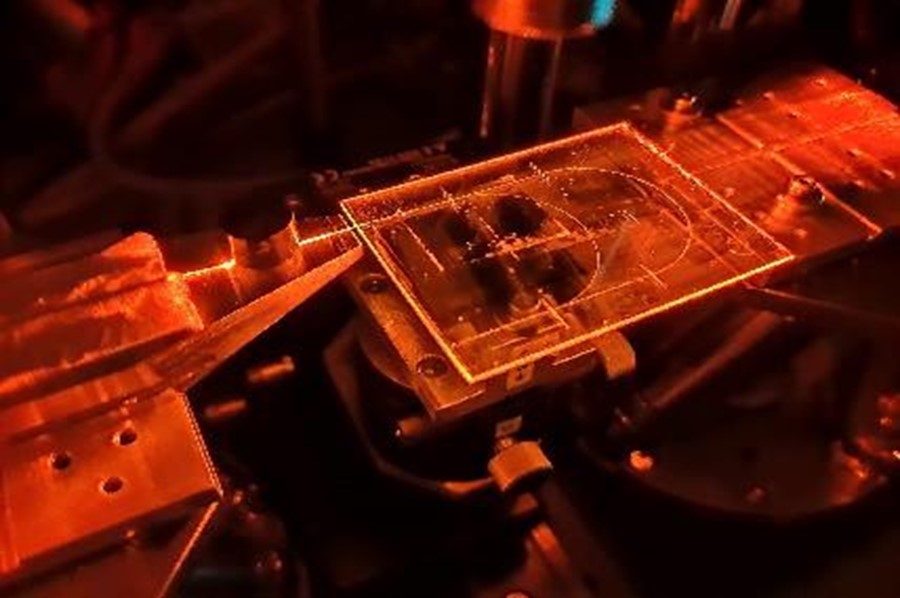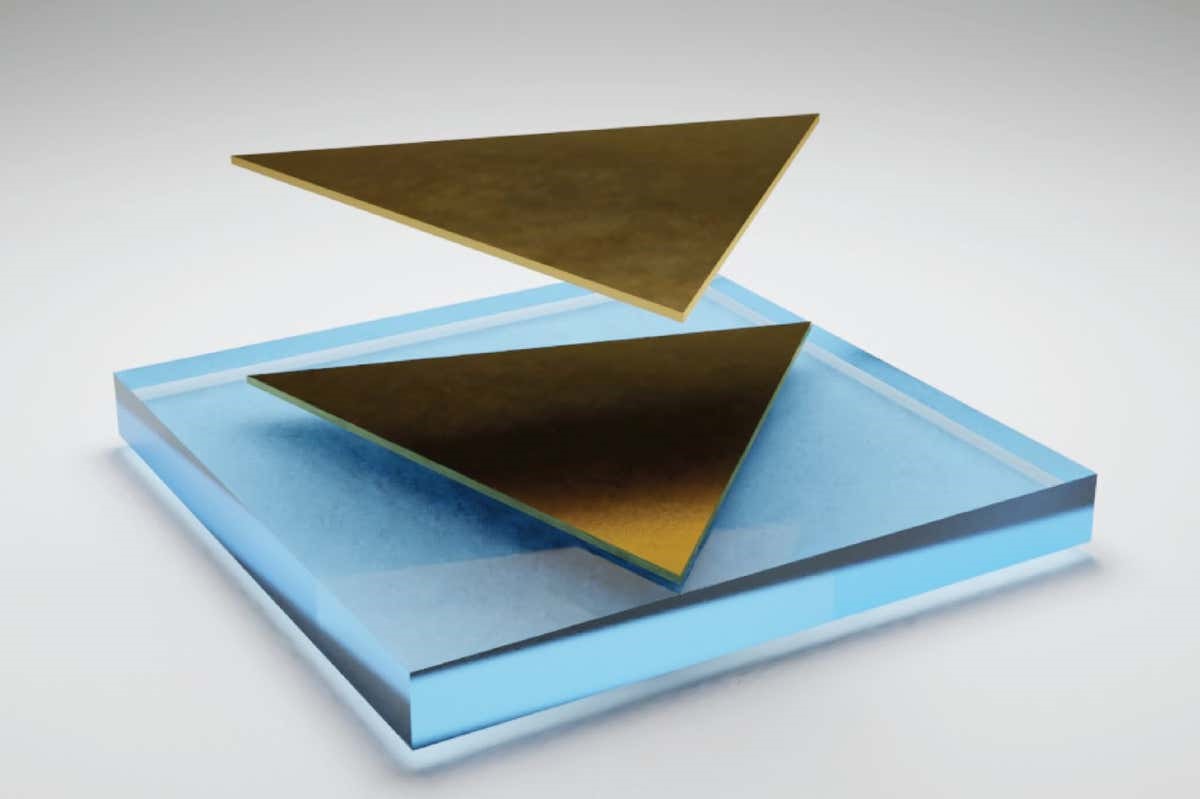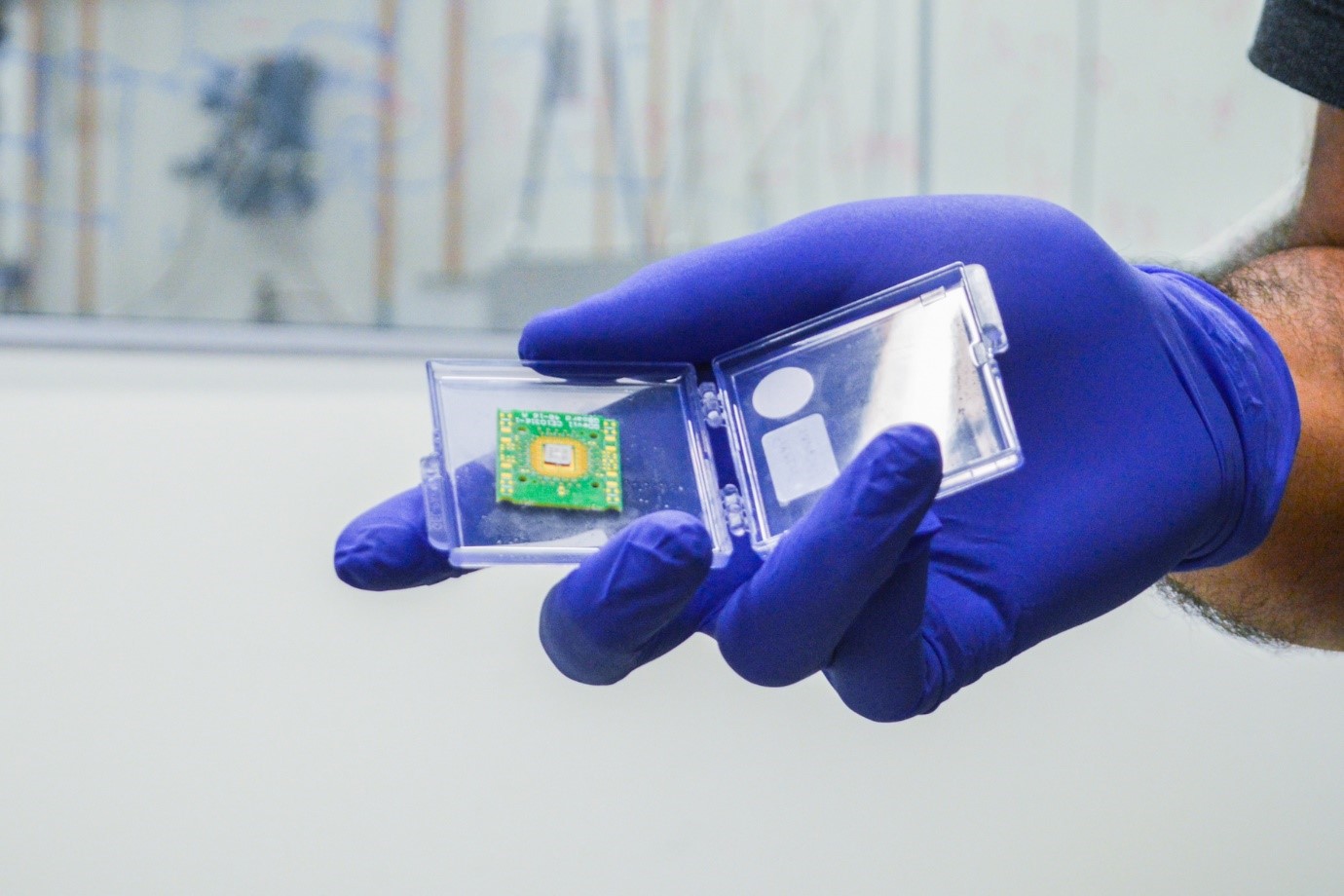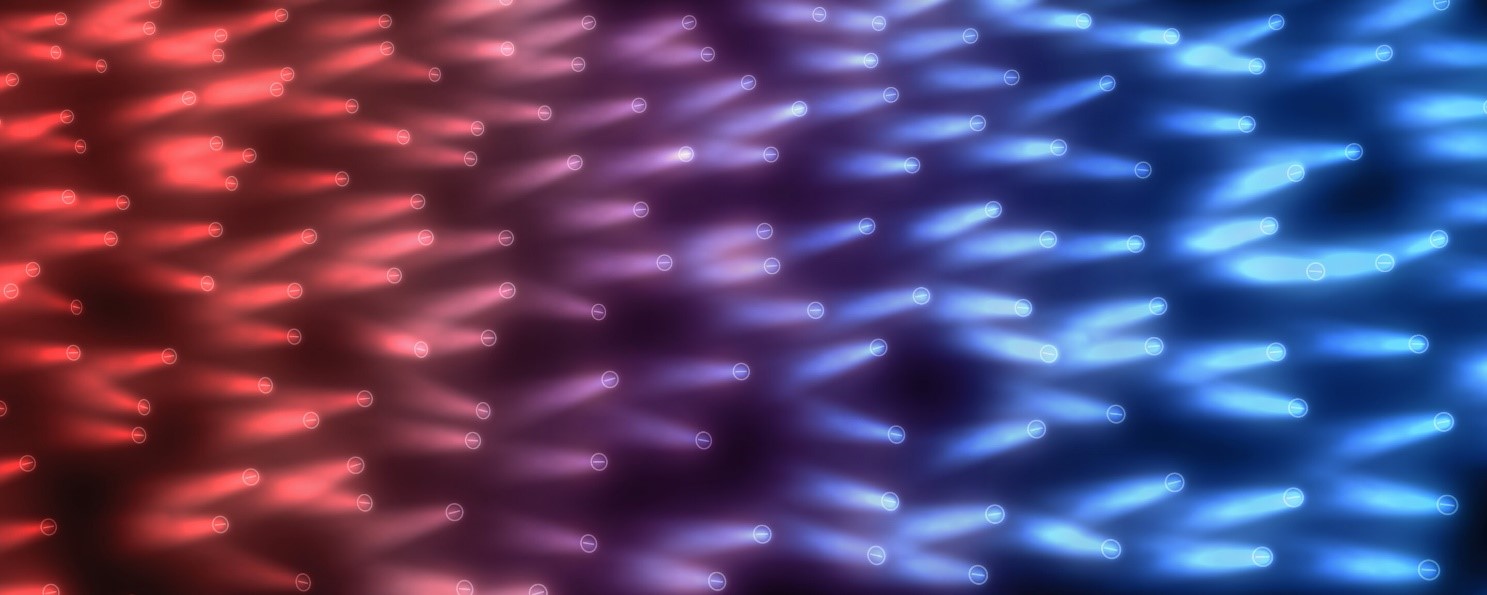Quantum Effects to Control Material Magnetism without Laser Light
Introduction to Laser-Based Material Modification
An intriguing trend in material physics research has emerged, focusing on the utilization of intense laser light to manipulate the properties of magnetic materials. This innovative approach involves carefully engineering the characteristics of laser light to significantly alter the electrical conductivity and optical attributes of various materials. However, one major drawback of this method is the need for continuous stimulation by high-intensity lasers, which often results in the material heating up, presenting practical challenges.
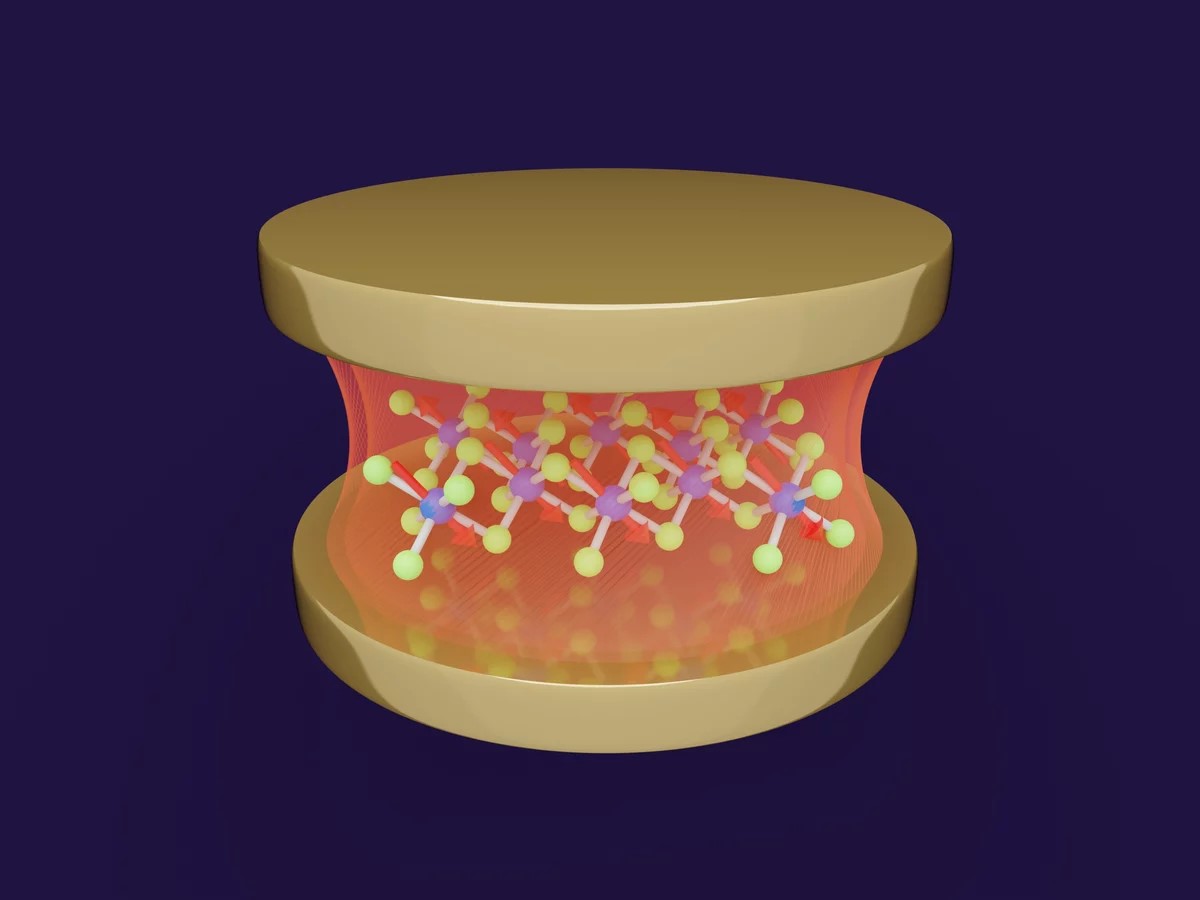
Figure 1. Inside the optical cavity. (Credit: © J. Harms, MPSD) [2]
Figure 1 shows inside the optical cavity, light particles emerge and disappear. These fluctuations can change the magnetic order of α-RuCl3 [1] from a zigzag antiferromagnet into a ferromagnet.
Researchers
Scientists have been actively seeking alternative ways to exert control over materials using light, but without the requirement for intense laser sources. A development in this direction has now emerged from a collaborative effort between theoreticians at the Max Planck Institute for the Structure and Dynamics of Matter (MPSD) in Hamburg, Germany, as well as researchers from Stanford University and the University of Pennsylvania in the United States.
Cavity Control Over Magnetism
Their work introduces a fundamentally different approach to manipulate the magnetic properties of a real material within a cavity, and remarkably, this is achieved without the use of laser light. The researchers have discovered that the mere presence of the cavity itself is sufficient to transform the zigzag antiferromagnet α-RuCl3 into a ferromagnet.
What makes this discovery truly fascinating is the revelation that even in what appears to be a dark and empty cavity, α-RuCl3 is capable of sensing changes in its electromagnetic surroundings and consequently adjusting its magnetic state. This intriguing phenomenon is rooted in the realm of quantum mechanics, where it is understood that within quantum theory, the "empty" cavity, technically referred to as the vacuum state, is never truly devoid of activity. Instead, the electromagnetic field experiences fluctuations, causing particles of light to materialize and dematerialize, which in turn has a profound impact on the properties of the material.
Emil Viñas Boström’s words
Emil Viñas Boström, the lead author of this study and a postdoctoral researcher in the MPSD Theory Group says "The optical cavity confines the electromagnetic field to a very small volume, thereby enhancing the effective coupling between the light and the material. Our results show that carefully engineering the vacuum fluctuations of the cavity electric field can lead to drastic changes in a material’s magnetic properties."
Pioneering Work in Material Science
This research represents a pioneering milestone in the realm of material science as it demonstrates the remarkable capability of a cavity to exert control over magnetism in a tangible material, marking a departure from prior investigations into cavity control of ferroelectric and superconducting materials. The scientists behind this work anticipate that by designing specific cavities, they will be able to unlock new and elusive phases of matter and gain deeper insights into the intricate interplay between light and matter.
Source: Max Planck Institute for the Structure and Dynamics of Matter
References:
- Max Planck Institute for the Structure and Dynamics of Matter. (2023, November 3). Vacuum in optical cavity can change material's magnetic state without laser excitation. ScienceDaily. Retrieved November 5, 2023 from www.sciencedaily.com/releases/2023/11/231103141425.htm
- Emil Viñas Boström, Adithya Sriram, Martin Claassen, Angel Rubio. Controlling the magnetic state of the proximate quantum spin liquid α-RuCl3 with an optical cavity. npj Computational Materials, 2023; 9 (1) DOI: 10.1038/s41524-023-01158-6
Cite this article:
Hana M (2023), Quantum Effects to Control Material Magnetism without Laser Light, AnaTechMaz, pp. 130


